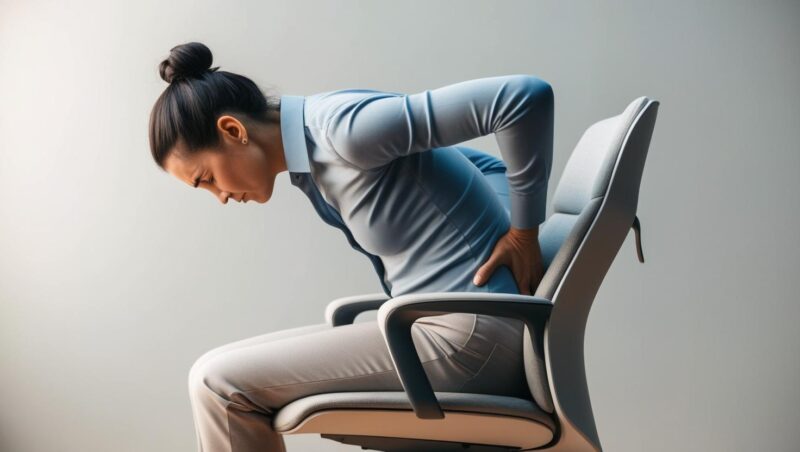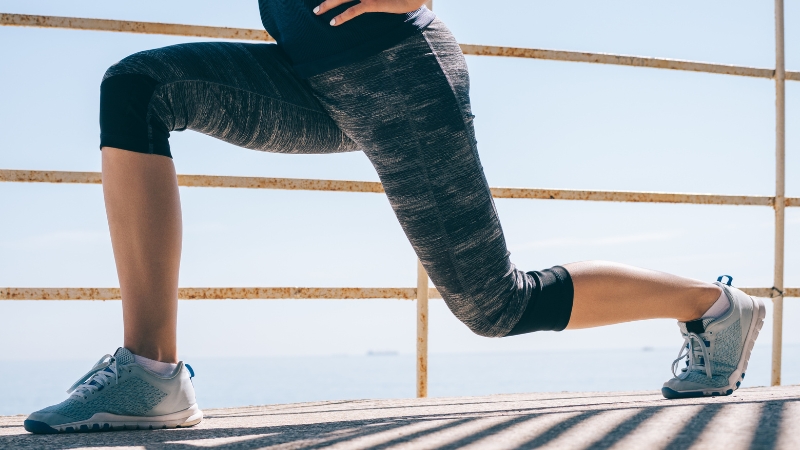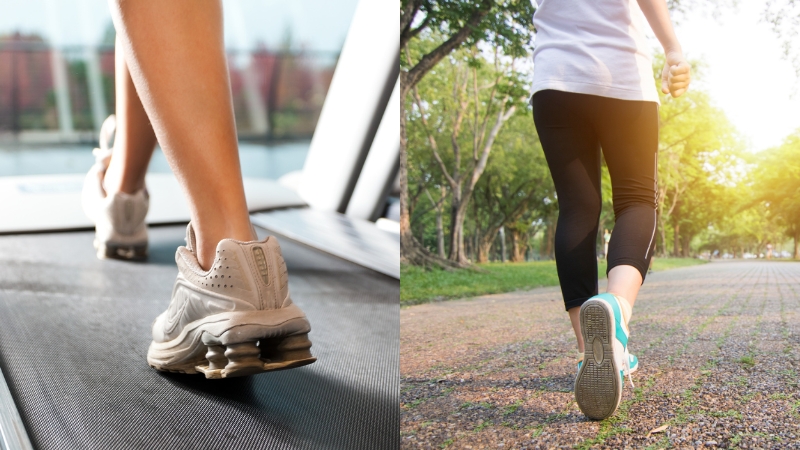
Share Post:
Back pain affects a significant portion of the population, disrupting daily activities and reducing quality of life.
Addressing this issue through safe and structured exercise is a highly effective way to manage discomfort and improve functionality.
By integrating exercises for scoliosis and other back conditions, individuals can take proactive steps toward relief and improved spinal health.
Table of Contents
ToggleBenefits of Exercise for Back Pain
Engaging in regular exercise offers a comprehensive approach to alleviating back pain and improving spinal health.
With the right combination of movements, individuals can experience relief, enhanced functionality, and reduced discomfort.
Strengthening Core and Back Muscles
A strong core and back are essential for providing adequate support to the spine. Weak muscles often lead to poor posture and increased strain on the back, resulting in pain.
Exercises like planks, bridges, and rows target these muscle groups, enhancing their endurance and functionality.
For individuals with scoliosis, targeted movements can address muscle imbalances, promoting better alignment and reducing pressure on the spinal curvature.
Improving Flexibility and Range of Motion
Flexibility plays a critical role in maintaining spinal health and reducing tension in surrounding muscles. Stretching exercises, such as those used in yoga and tai chi, help increase mobility and reduce stiffness.
Movements like the cat-cow stretch or gentle spinal twists are particularly beneficial in loosening tight muscles.
Enhancing Posture and Reducing Strain
Poor posture often contributes to chronic back pain, placing undue pressure on the spine and surrounding muscles.
Exercise routines that promote proper alignment, such as posture-focused yoga poses or core engagement activities, help correct these issues. For those dealing with scoliosis, posture improvement exercises are essential for minimizing strain on the spinal curvature.
Consistently practicing good posture through exercise translates to less pressure on the back, a more balanced gait, and greater comfort throughout the day.
Releasing Endorphins for Natural Pain Relief
Exercise stimulates the release of endorphins, the body’s natural painkillers, which play a significant role in reducing back pain. These hormones improve mood, alleviate stress, and diminish the perception of discomfort.
For individuals with scoliosis or other chronic back issues, the combination of physical activity and endorphin release provides a natural method to manage pain without relying solely on medications.
Long-Term Pain Management and Prevention
One of the most significant benefits of exercise is its ability to provide lasting relief.
Regularly engaging in a structured exercise routine helps maintain muscle strength, flexibility, and posture, significantly reducing the recurrence of back pain.
Consulting a Healthcare Professional
Before starting any exercise routine, particularly for chronic back pain, seeking guidance from a healthcare professional is crucial. This step ensures that the chosen exercises match an individual’s condition and are safe for their specific physical needs.
Healthcare professionals play a key role in assessing the severity and nature of back pain. Through a thorough evaluation, they can provide advice on which exercises will benefit the individual most. For example:
- Flexibility Exercises: Gentle stretches to ease stiffness and improve mobility.
- Strengthening Exercises: Controlled movements that build muscle without risking injury.
- Posture-Correcting Movements: Activities targeting balance and spinal alignment.
Importance for Scoliosis Management
For those managing scoliosis, consulting a healthcare provider becomes even more critical. The asymmetry of the spine requires targeted exercises to correct posture and strengthen weak areas.
Professionals can identify which movements will:
- Support the spine without adding stress.
- Address muscular imbalances on either side of the body.
- Improve mobility while maintaining alignment.
- Safe Exercises to Alleviate Back Pain
- Regular physical activity plays a critical role in managing back pain and improving overall spinal health.
Adding a variety of exercises helps strengthen muscles, enhance flexibility, and promote better posture, all of which are essential for reducing back discomfort.
Walking Programs
Walking is an accessible and highly effective exercise for alleviating back pain. It promotes blood circulation to the spine, reducing stiffness and aiding recovery. Regular walking strengthens the muscles that support the back while improving overall endurance.
- Benefits of walking for back pain relief:
- Boosts spinal health through improved circulation.
- Reduces stiffness and enhances muscle engagement.
- Encourages a natural and sustainable form of movement.
Tips for safe walking routines:
- Start with short sessions, such as 10–15 minutes, and gradually increase duration.
- Maintain proper posture by engaging the core muscles and keeping an upright stance.
- Choose comfortable and supportive footwear to minimize strain.
Regular walking can also serve as a foundation for introducing other exercises, ensuring gradual progression without overwhelming the body.
Strengthening Exercises
Strengthening the muscles around the back, core, and pelvis creates a solid framework that supports the spine.
This is crucial for alleviating pain and preventing further discomfort. Strengthening exercises for scoliosis focus on balancing muscle engagement across the back to address asymmetry caused by spinal curvature.
Examples of effective strengthening exercises:
- Lunges: Improve hip and leg strength while engaging the core and back muscles.
- Squats: Focus on lower body and core strength to stabilize the spine.
- Deadlifts: Enhance overall back strength while promoting proper lifting techniques.
When performing these exercises, it is essential to start with light weights or bodyweight variations to ensure proper form.
Gradually increasing resistance over time prevents strain and promotes muscle growth without causing injury.
Guidelines for safe strengthening routines:
- Prioritize form over intensity to avoid unnecessary stress on the spine.
- Perform movements slowly and with control, focusing on proper alignment.
- Take breaks between sets to prevent fatigue and ensure recovery.
Flexibility and Stretching Exercises
Stretching is a powerful tool for relieving muscle tension and increasing range of motion.
Recommended stretches and activities:
- Cat-cow stretch: Encourages spinal mobility and relieves tension.
- Child’s pose: Stretches the lower back and hips for improved flexibility.
- Tai chi and yoga: Incorporate gentle, flowing movements that enhance posture and relieve stress.
For scoliosis, stretches should be approached carefully to avoid overextension of the spine. Gentle, sustained stretches are more effective and safer than rapid, forceful movements.
Monitoring Progress and Adjusting the Exercise Plan
Tracking progress is essential to ensure that an exercise program is both effective and safe. Pain levels, mobility improvements, and overall functionality should be observed regularly to measure success.
When discomfort or pain occurs during certain activities, immediate adjustments are necessary. Modifications may include altering the exercise, reducing intensity, or temporarily removing it from the routine.
Steps to Adjust the Plan:
- Evaluate Pain Levels: Use a simple scale (e.g., 1 to 10) to record pain before, during, and after exercises.
- Monitor Functional Improvements: Observe changes in everyday activities, such as walking, sitting, or lifting, to gauge progress.
- Make Gradual Changes: Increase intensity or duration incrementally to prevent overexertion.
- Seek Professional Input: If pain persists or worsens, consult a healthcare provider for tailored advice.
Adding new forms of exercise over time can also enhance the program.
The Bottom Line
Maintaining a regular exercise routine tailored to individual needs can significantly improve back health.
Including exercises for scoliosis and other conditions ensures a balanced approach that addresses specific challenges.
With dedication and proper guidance, individuals can alleviate back pain and enhance their overall quality of life.
Related Posts:
- Leg Pain from Poor Circulation? Here Are the…
- Why Exercising on Sand Enhances Your Workout - 5 Key…
- Lower Back Pain? It’s Not the End of Your Workouts!
- 7 Effective Home Exercises to Strengthen Your Back…
- How to Get Rid of Back Fat! - The Best Exercises to…
- Struggling to Lose Weight? Here’s What Might Be Going Wrong










